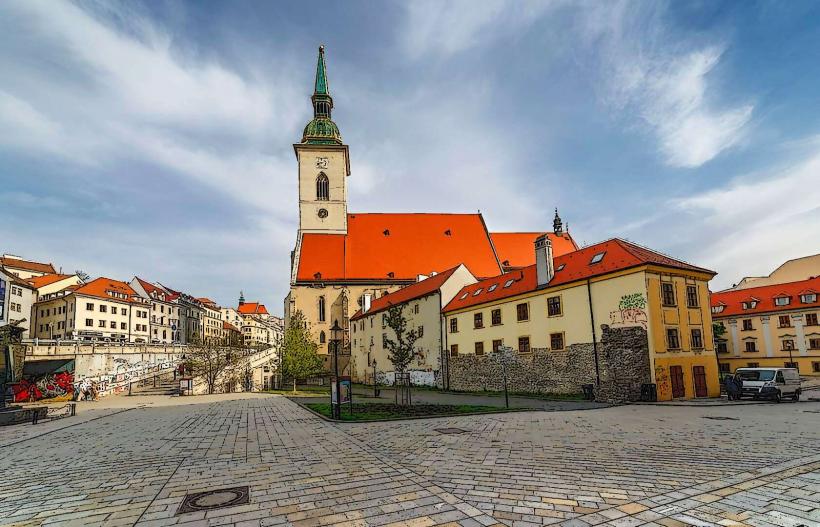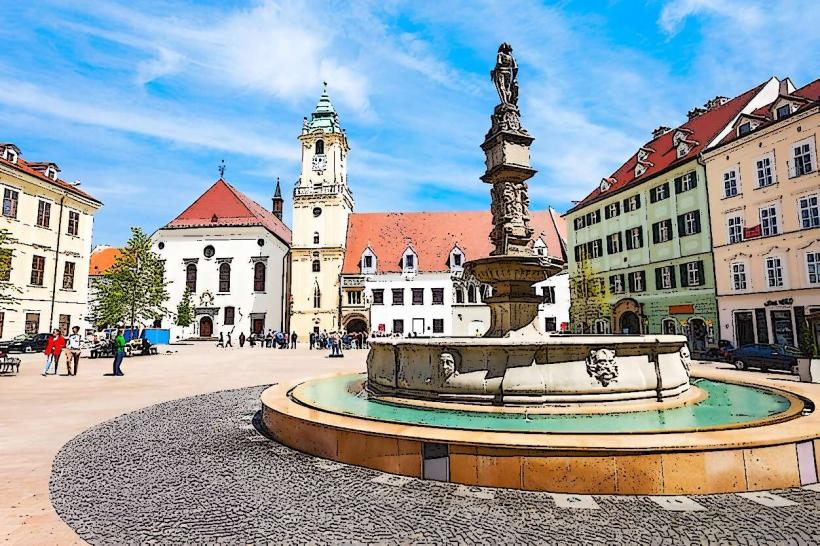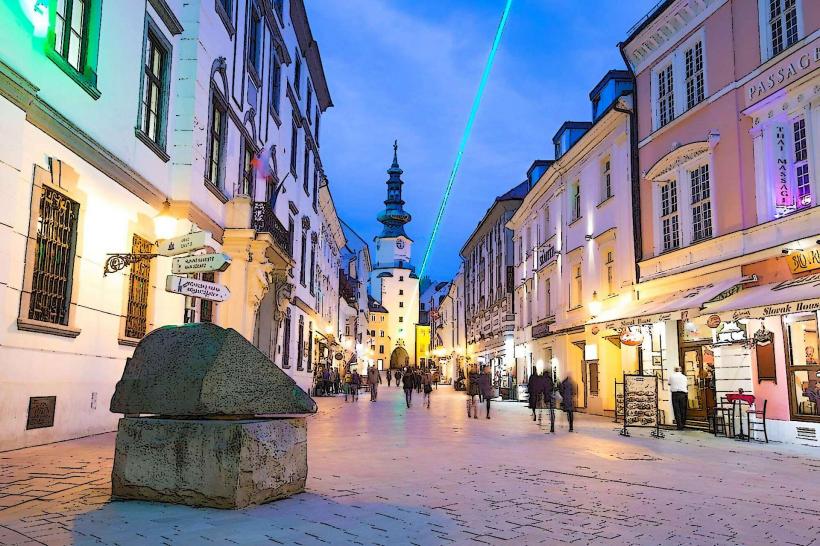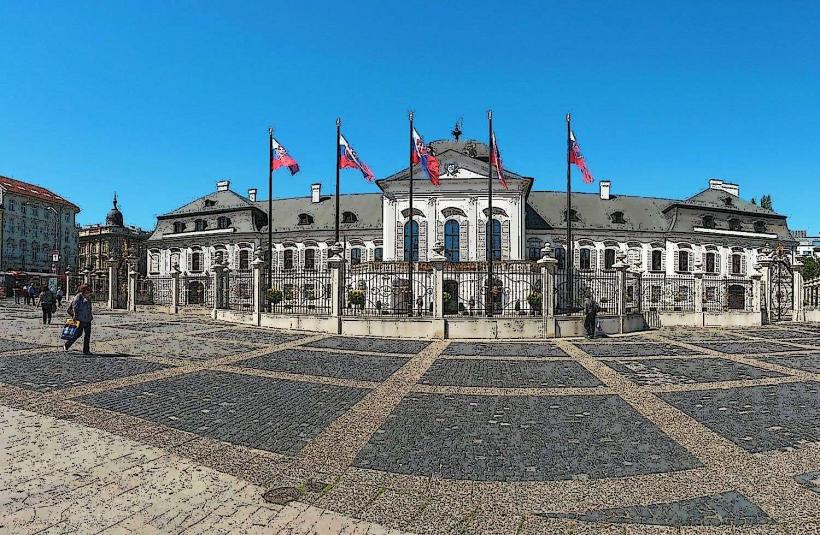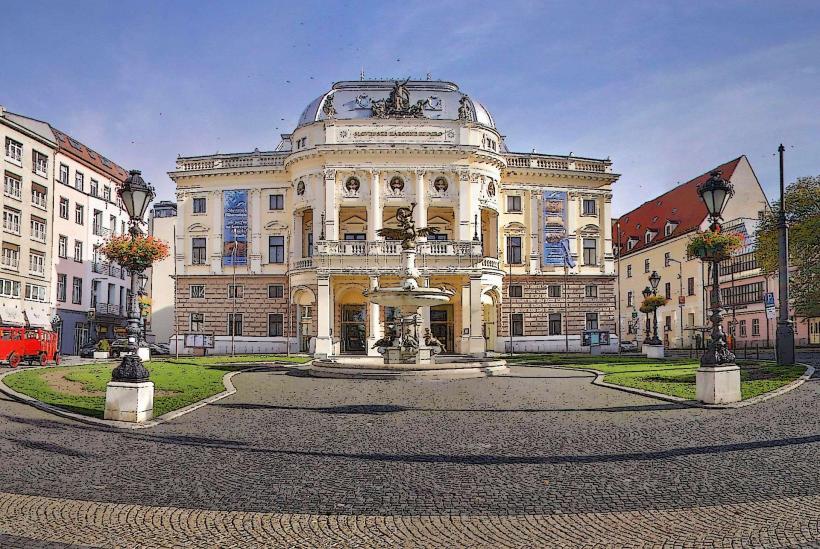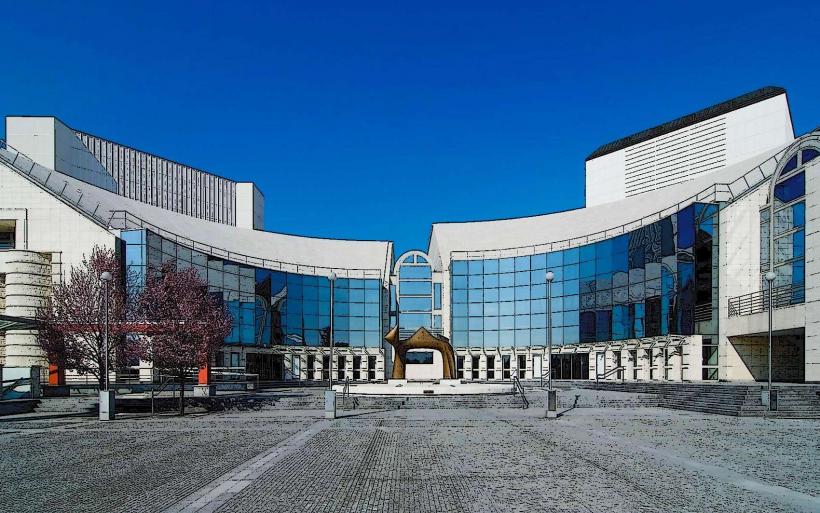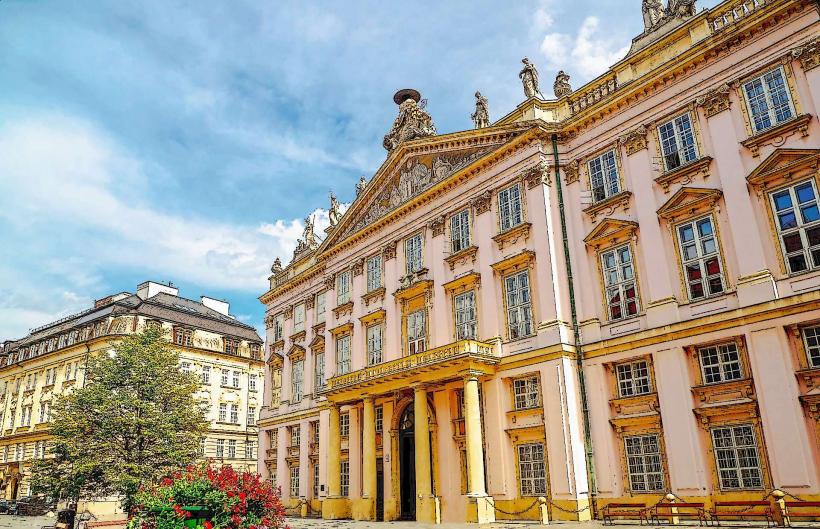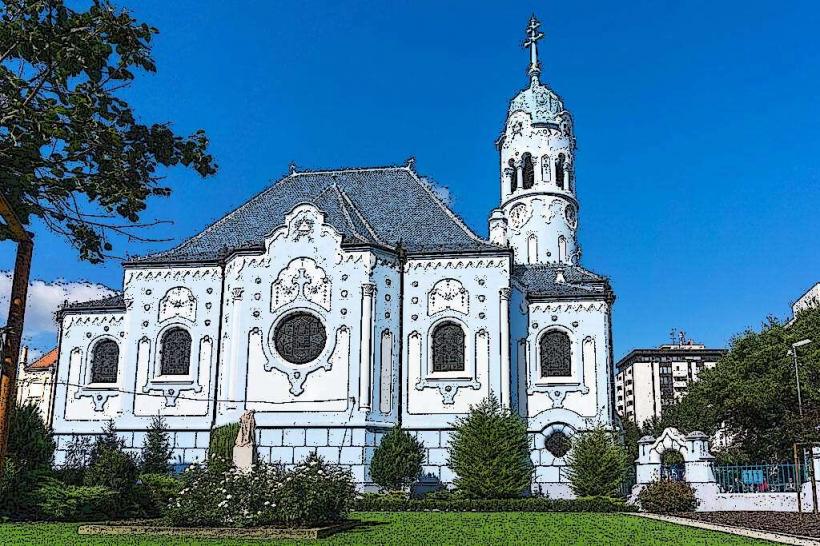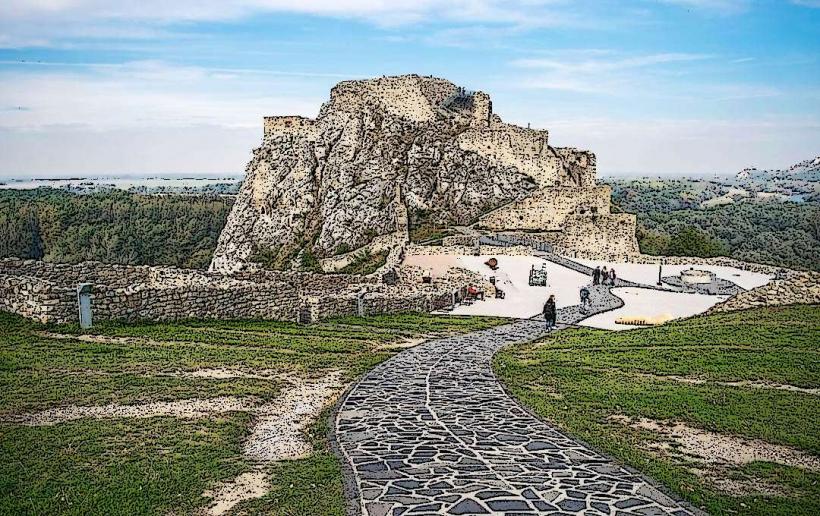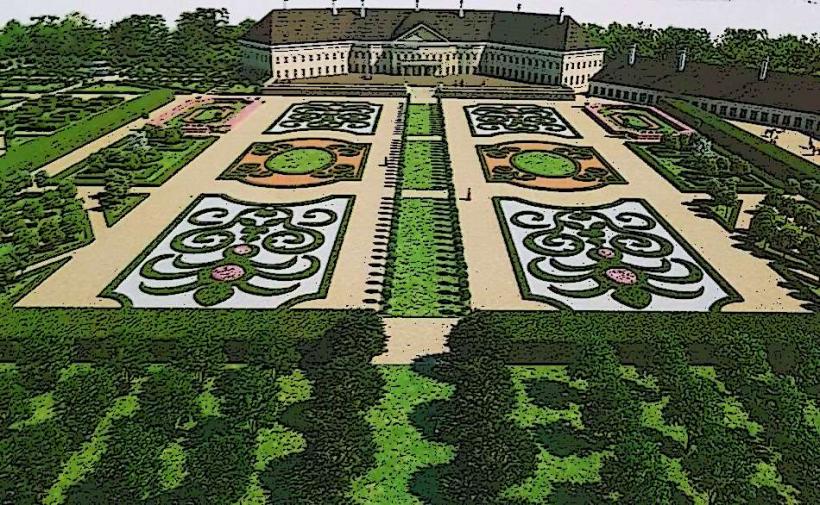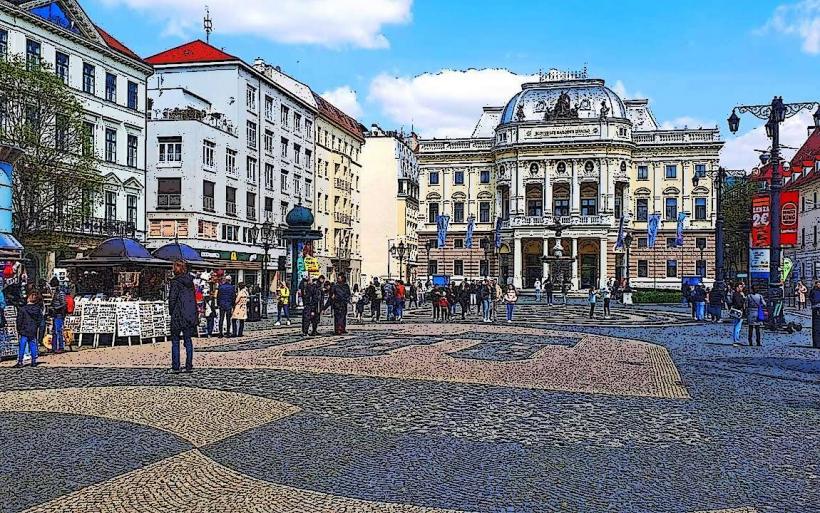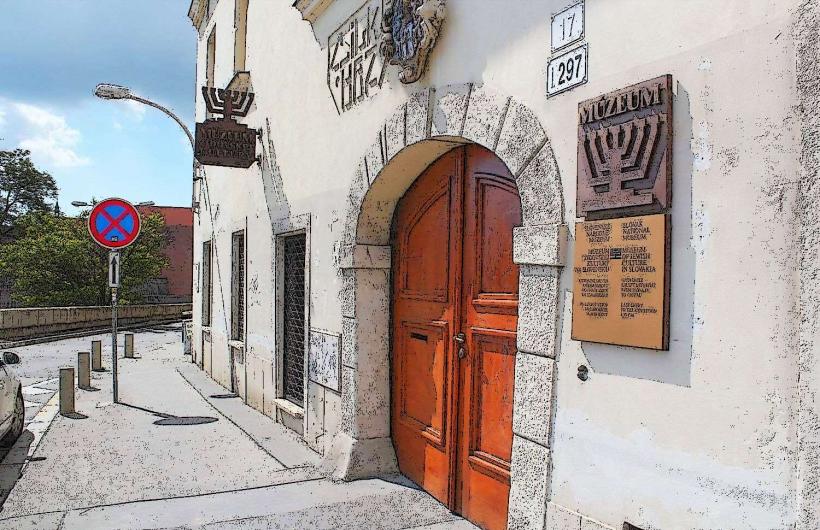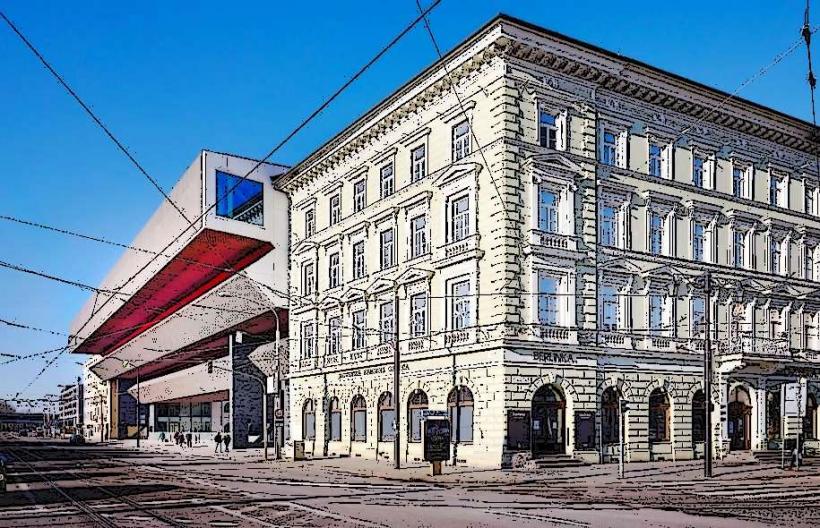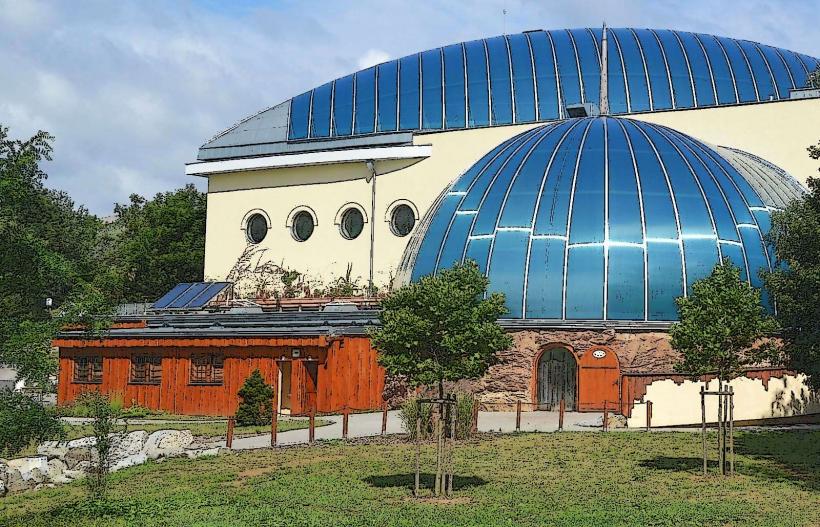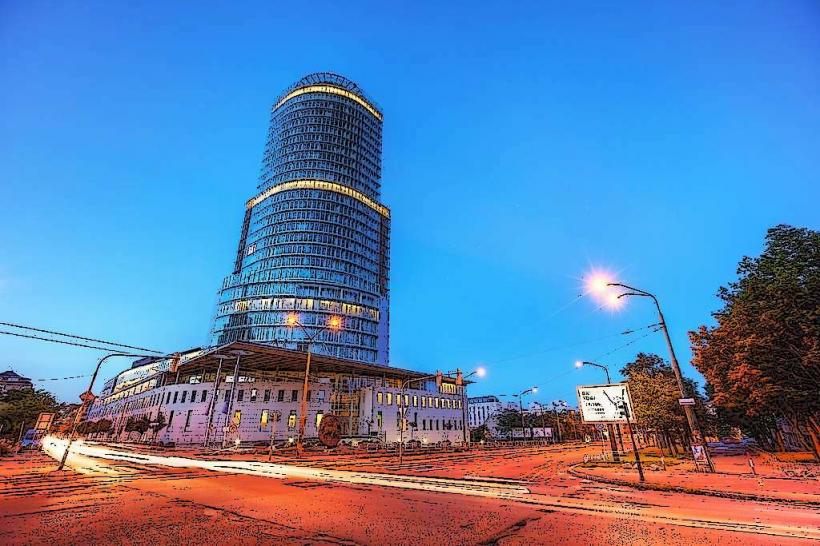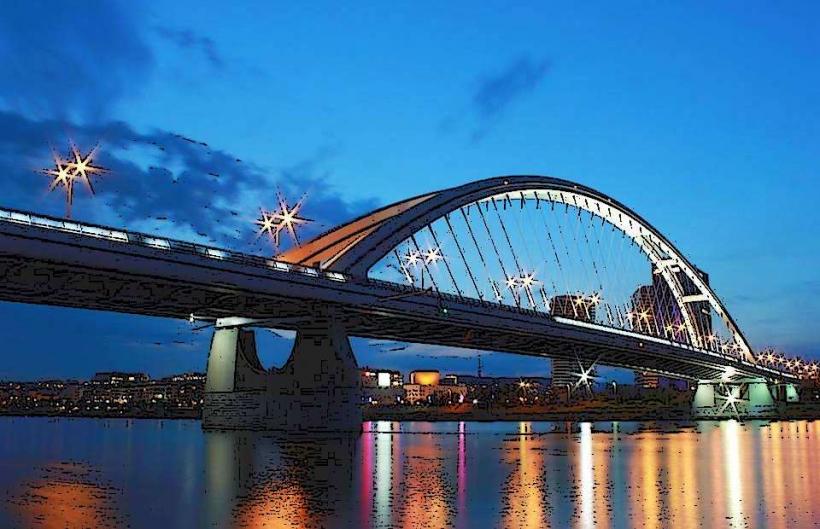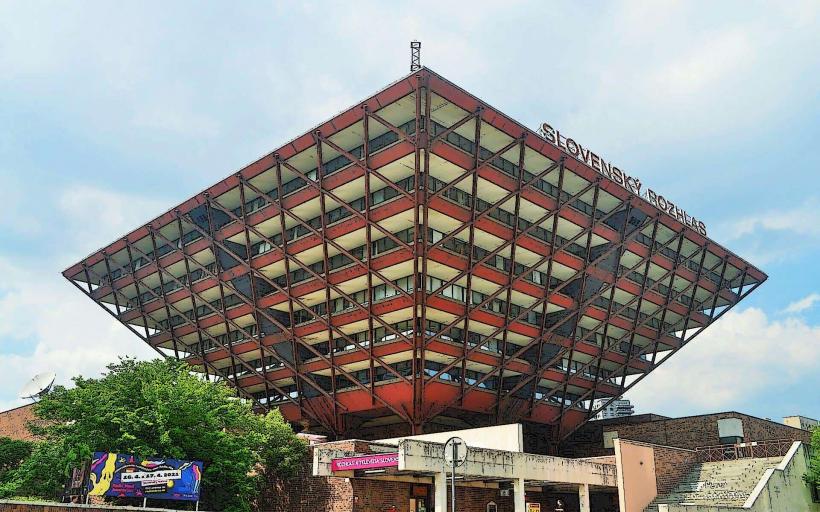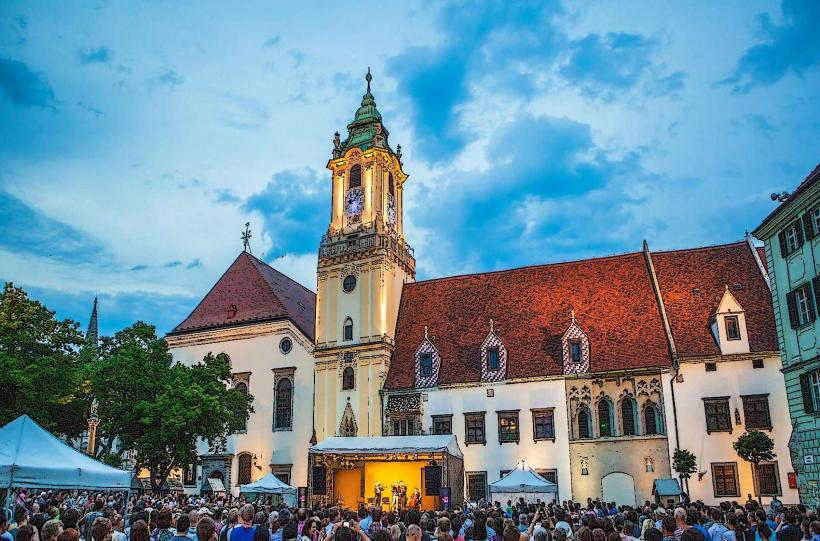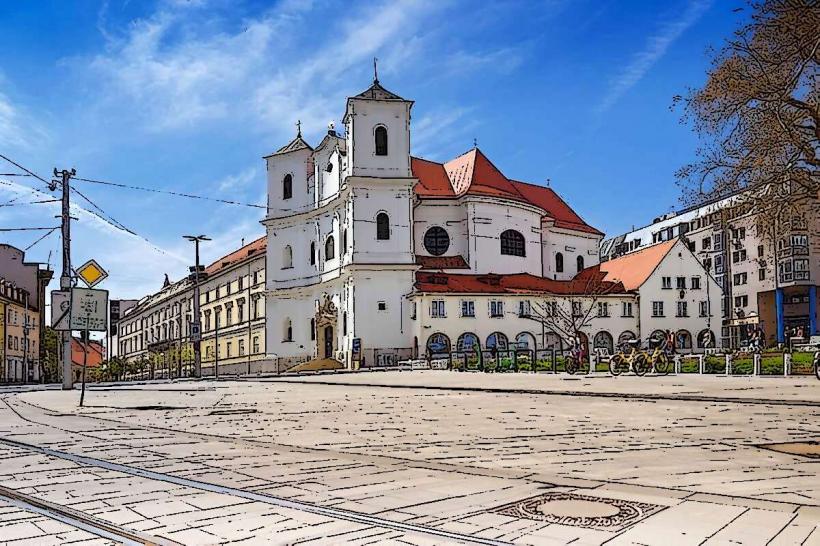Information
Landmark: Bratislava CastleCity: Bratislava
Country: Slovakia
Continent: Europe
Bratislava Castle (Slovenský hrad) is one of Slovakia's most iconic landmarks, sitting on a hill overlooking the city of Bratislava and the Danube River. Here are the detailed aspects of the castle:
General Information:
- Location: Bratislava, Slovakia
- Address: Zámocká 2, 811 01 Bratislava, Slovakia
- Coordinates: 48.1445° N, 17.1077° E
- Altitude: 85 meters (279 feet) above the Danube River
- Construction: The original fortress dates back to the 9th century, with several renovations and reconstructions over the centuries.
- Architectural Style: Predominantly Renaissance, with some Baroque elements due to later renovations.
History:
Early History:
- The site has been continuously inhabited since the Bronze Age. The first fortress was built in the 9th century, during the Great Moravian Empire, and it later became an important stronghold during the Kingdom of Hungary.
- The castle was initially made of wood, but it was reconstructed into a stone fortress by the 10th century.
- It served as the residence of Hungarian kings and queens during the late Middle Ages.
Medieval Period (13th-15th Centuries):
- The castle became a royal residence during the reign of King Béla IV of Hungary in the 13th century.
- Over the following centuries, it was continuously upgraded, with fortifications added to withstand invading forces.
- The castle played a significant role in Hungarian military and political affairs.
Early Modern Period (16th-18th Centuries):
- After the Ottoman Empire expanded into Hungary in the 16th century, Bratislava Castle's role became more defensive.
- The Renaissance and Baroque-style renovations in the 17th and 18th centuries gave the castle its present shape, including the construction of the four corner towers.
- The castle complex was also used as the seat of the Hungarian Parliament during the 18th century.
19th Century:
- The castle fell into disrepair in the 19th century due to political upheavals and the relocation of the royal court to Budapest.
- In 1811, a major fire severely damaged the castle, and it was left in ruins for decades.
20th Century:
- The castle was fully restored during the Communist era in the 1950s and 1960s.
- Since the 1990s, after the fall of communism, it has undergone further restoration and reconstruction.
Modern Era:
- Today, the castle serves as a museum and cultural landmark, attracting thousands of visitors every year.
Architecture:
Overall Design:
- The castle is built in a rectangular shape, with four corner towers that represent the classic Renaissance fortification style.
- The outer walls are thick and reinforced, designed for defense against military siege.
- The main building consists of several floors, with large halls and chambers, including the royal apartments and state rooms.
Key Features:
- Towers: Four prominent towers at each corner of the castle.
- Courtyard: A central courtyard surrounded by the castle's walls, offering panoramic views of the city and the Danube River.
- Main Gate: The entrance to the castle features a Renaissance-style gateway.
- Staircases: Grand staircases lead up to the main palace rooms, often used for ceremonial purposes.
- Castle Gardens: Renovated gardens are now open to the public, offering green spaces for visitors to relax and enjoy the views.
Current Use:
- Museum:
- Bratislava Castle now houses the Slovak National Museum's history museum, which displays artifacts and exhibits related to Slovak and Central European history.
- The museum features collections on the history of Bratislava, the region’s medieval past, and Slovak culture.
- Permanent exhibitions showcase medieval, Renaissance, and Baroque art, as well as historical artifacts from the 20th century.
- Government Seat:
- The castle is also the seat of the Slovak President's office, where official functions and ceremonies are held.
- Events and Cultural Venue:
- The castle hosts various cultural events, including concerts, theater performances, and historical reenactments.
- It is a venue for national celebrations, official receptions, and cultural festivities.
Notable Features:
Panoramic Views:
- The castle’s elevated position offers stunning views of the city of Bratislava, the Danube River, and the surrounding landscape, including the Austrian border.
Castle Gardens:
- The gardens below the castle are open to the public and have been restored to their historical layout. The green areas are home to ornamental plants and sculptures, creating a peaceful environment.
Changing of the Guard:
- A ceremonial changing of the guard takes place at the entrance to the castle, adding a touch of tradition and pageantry to the castle experience.
Visitor Information:
Opening Hours:
- Bratislava Castle is typically open to the public from 10:00 AM to 6:00 PM daily, with extended hours during the summer. The castle and its museum may be closed on public holidays or for special events, so it’s best to check ahead.
Admission Fees:
- Entrance to the castle and museum is generally affordable, with discounts for students, seniors, and groups. Special events and exhibitions may have additional charges.
Accessibility:
- The castle is accessible by foot from the city center, though there is a steep incline to reach the main entrance. The site is wheelchair accessible with some accommodations for visitors with disabilities.
Nearby Attractions:
- St. Martin’s Cathedral: Located near the castle, it is another historical site where Hungarian kings were crowned.
- Old Town (Staré Mesto): The heart of Bratislava, with its cobblestone streets, medieval buildings, and vibrant cafes.
- Devin Castle: Located nearby, this is another famous fortress that offers picturesque views and historical exhibits.
Cultural Significance:
- Symbol of Slovakia:
- Bratislava Castle is considered a symbol of Slovak national identity and has significant cultural importance. It is featured on many official documents, coins, and postcards.
- Political History:
- The castle’s role in Hungarian royal history and its use as the seat of the Hungarian kings during the 18th century makes it an essential landmark in the region's political history.
Restoration and Modern Developments:
- Recent Renovations:
- Major restoration efforts began in the 1950s and continue to this day, ensuring the castle’s preservation as a national monument.
- The most recent restorations include the reconstruction of the castle’s historical appearance and the improvement of visitor facilities.
Fun Facts:
- Fire Damage:
- The 1811 fire that severely damaged the castle caused the collapse of its roof and led to its long period of neglect. The reconstruction process has been ongoing for more than a century.
- Castle Myth:
- It is said that the castle is haunted by the ghost of a princess who perished in a tragic love story. While unconfirmed, the legend adds to the castle’s mystique.
Bratislava Castle is a stunning example of Central European fortification and history, offering a blend of historical architecture, cultural heritage, and breathtaking views of the capital city. It is an essential part of Slovakia's identity and an iconic destination for both tourists and locals.

